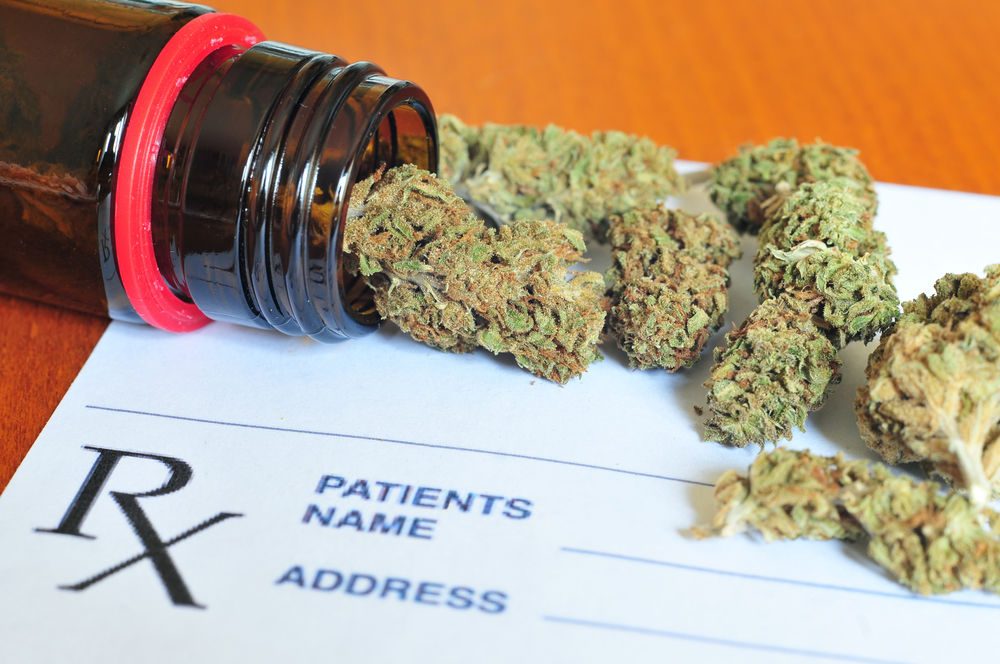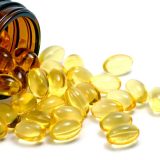

Laws allowing for the use of medical marijuana have been instituted in 23 states and Washington, DC – marking a major change in the general attitude in the U.S. toward its use. There is still a great deal of controversy over the question of using marijuana for medical purposes, and even more debate over the legalization of marijuana for non-medical, or recreational, purposes.
Medical Marijuana Reduces Pain and Much More
Medical marijuana is used for treatment of the following health conditions:
- glaucoma
- seizure disorders (epilepsy)
- spinal cord injuries
- cancer
- HIV and AIDS
- Parkinson’s disease
- amyotrophic lateral sclerosis (ALS)
- multiple sclerosis (MS)
- irritable bowel syndrome (IBS)
- Huntington’s disease
It has been shown to be useful in reducing nausea and vomiting brought on by chemotherapy, increasing the appetite in people with HIV or AIDS infections, reducing chronic pain and muscle spasms in a variety of diseases, and is considered safer than opioids in reducing pain for those receiving palliative care.
Adverse Reactions
Adverse reactions include tiredness, dizziness and cardiovascular symptoms.
Main Ingredients of Medical Marijuana
There are over 400 chemicals in marijuana, 61 of with are unique cannabinoids. The two main ingredients that prove effective for medical purposes are delta-9-tetrahydrocannabinol (THC) and cannabidiol (CBD), which act as the primary psychoactive and pain-reducing ingredients.
Forms of Medical Marijuana
There are a variety of forms that can be used when using marijuana for medical purposes:
- pills
- extract
- creams
- sprays
- smoked
- vaporization
Cannabis Indica and Cannabis Sativa
Almost all marijuana comes from two primary strains: Cannabis Indica and Cannabis Sativa. Sativa strains bring about improved mood, a euphoric high and reduced stress; whereas the Indica strains are more useful for relaxing muscles, creating an analgesic affect, as well as for improved sleep. Hybrids and cross-bred strains produce varied results, incorporating the effects of these two strains to differing levels.
State Laws and Requirements Surrounding Marijuana Use
State laws differ widely at the present, but generally there are restrictions for marijuana use involving conditions and diseases that it may be prescribed for as well as regulations of the production process of medical grade marijuana. In New York, for example, there are requirements that companies have at least one staff member with a minimum of one year’s experience in agriculture practices, a quality assurance officer with training in quality control procedures, and pharmacists who dispense medical marijuana must attend a 4-hour continuing education course. Requirements vary from state to state on the growing and production process, medical conditions for which marijuana is allowed, and the legal distribution processes.
The only real difference between medical marijuana and non-medical marijuana is in the quality control processes.
Over time, we may see more and more states institute a medical marijuana program that allows the use of this plant for treatment of serious conditions. We may even see the continued growth of marijuana being permitted for recreational purposes, but for now most states in the U.S. have strict regulations for marijuana use – if it is allowed at all.
THC-Free CBD Oil
The Agriculture Improvement Act of 2018, the farm bill, was passed by Congress and signed by the President, stating that hemp-derived products, like CBD, are not classified as a drug and are legal to sell in all 50 states. THC-free, isolated CBD options (without any of the psychoactive ingredients you’ll find in cannabis thus, no issues with drug-tests) extracted from industrial hemp have been shown to be beneficial for various uses such as pain reduction, mood and anxiety improvement, increased relaxation and better sleep. This form of CBD oil is ideal for people seeking products without any trace amounts of THC.
Editor’s Note: Learn why juicing marijuana is a blessing to liver health.





Marijuana is a poor way of treating glaucoma. The effects only last a few hours, and the amount of pressure reduced is shadowed by what most medications or minimally invasive surgical methods. Hence, as an RN who has also worked in the eye field for 20 years, when someone asks if marijuana helps with glaucoma, I jokingly say “Yes, smoking marijuana alone for glaucoma helps you to not care that you are going blind”. There are many glaucoma medications that work superb with few side effects that are not as limiting as smoking marijuana. If you’re going to fight for legalizing marijuana, you’re best to drop glaucoma off your list of major disease impacts.
Just how much have you studied about medical marijuana? Apparently not very much. Just because you are an RN who has worked in the eye field for 20 years means absolutely nothing except that you are FOR pharmaceuticals only. People need to stop thinking “ooooo marijuana” and start thinking and researching what some parts of it can actually do!
Your response is sophomoric. The very response I found coming from teenagers petitioning in front of Home Depot to legalize marijuana, with no clue of the mechanism of action about glaucoma, or sometimes what glaucoma even is. Your response is also highly ignorant of what RNs go through to get their degree. We actually DO research. And the research PROVES that marijuana is an extremely poor treatment for glaucoma. But hey, keep laughing while you go blind while you spew your ignorance about marijuana. FYI, vision loss from glaucoma is permanent. Have fun sleeping at night while you tout marijuana as a treatment for glaucoma. I’m not FOR meds. But I’m definitely for meds that actually work. All you have to do Darlene is do a little search on Pubmed or CINAHL or Google Scholar to know that I’m right. But hey, don’t let the truth ruin your little bong parade.
Use whatever you want to heal your body, or nothing at all but to have a sense of well being. Marijuana is my first choice to get in physical and psychological balance. This is not an easy thing to do in these times. We need to have a clarity that this gift brings. compare the Alcohol and Pain Pill terrors, it is a conscious choice and needs to be brought to your conscious mind.